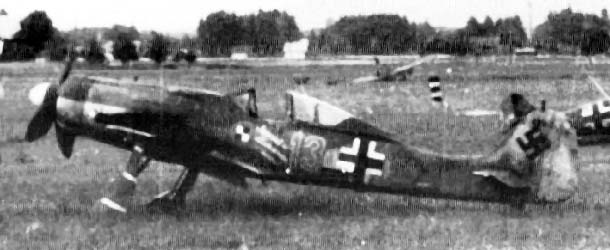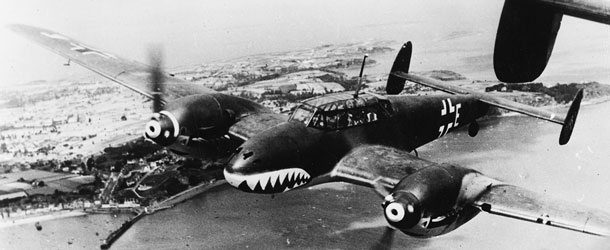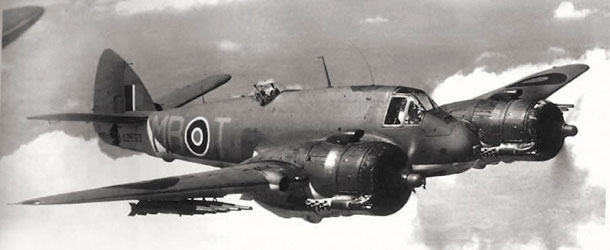The Focke-Wulf FW 190 (Shrike) was a German single-seat, single-engine fighter aircraft designed by Kurt Tank in the late 1930s and widely used during World War II. The Focke-Wulf FW 190 was initially powered by a radial engine, had ample power, and was able to lift larger loads than its well-known counterpart, the Messerschmitt Bf 109. The 190 was used by the Luftwaffe in a wide …
In our previous article, we presented the Messerschmitt Bf.110C aircraft. Now let’s learn something more about the pilots of the three versions included in the WW2 Wings of Glory Airplane Packs: the German aviators Georg Christl (LW), Günther Radusch (LW), and Fritz Schupp (LW) and his unit, the Zerstörergeschwader 26 (ZG 26). Georg Christl Georg Christl was born on 3 October 1913 at Pfaffenberg in Niederbayern. …
The twin-engine Messerschmitt Bf.110 Zerstorer (or “Destroyer”) was initially designed to meet a German specification for a “high-speed bomber and heavy fighter”, but entered service as a bomber escort and bomber destroyer. Even if the Bf.110 did not match up to Luftwaffe expectations, it served Germany throughout the Second World War in a number of roles: Long-range escort fighter, fighter-bomber, reconnaissance, ground attack and night fighter. …
In our previous article, we presented the Bristol Beaufighter aircraft. Now let’s learn something more about the pilots of the three versions included in the WW2 Wings of Glory Airplane Packs: the British Archibald McNeill Boyd (RAF), the New Zealand Michael James Herrick (RAF), and the Paul Yettvart Davoud (RAF). Archibald McNeill Boyd Archibald Boyd attended Trinity College, Oxford, where from January 1938 he served with …
The Bristol Beaufighter, also called simply the Beau, was a British long-range heavy fighter derived from the earlier Beaufort torpedo bomber design. The name Beaufighter is a merge of “Beaufort” and “fighter”. Unlike the Beaufort, the Beaufighter had a long career and served in almost all theatres of WW2, first as a night fighter, then as a fighter bomber and eventually replacing the Beaufort as a …












